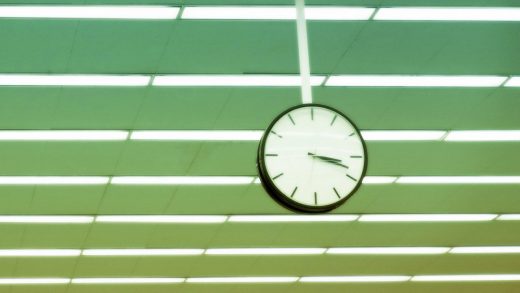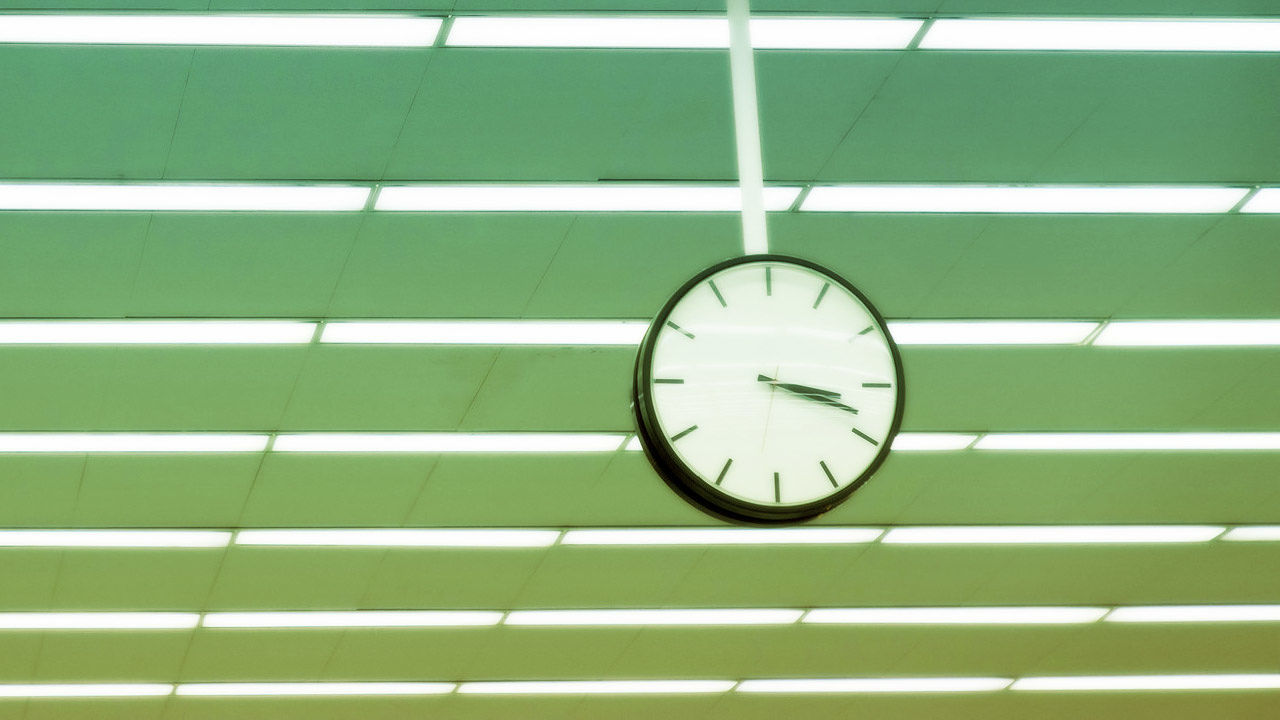Six Ways To Stay Productive After 3 P.M.
It’s 2:55 p.m. and you’re ready to go home. Lunchtime feels like it was ages ago, and your afternoon coffee doesn’t seem to be kicking in. Facebook and Twitter are both just a click away. Or maybe you’re reading this article to kill some downtime late in the day.
The thing is, lots of smart productivity experts teach you how to organize your mornings to help you get the most important work done first. We’re obsessed with starting off the day right—even going so far as to optimize our evenings in order to make the wakeup experience as painless and efficient as possible.
But what about afternoons, which by some accounts are the least productive time of the day? As it turns out, there are a few specific ways to reclaim those sluggish hours after 3 p.m. instead of just running down the clock. Here are six strategies to try:
1. Let Your Screensaver Take Over
You may be tempted to power through that afternoon slump by continuing to work. Fight that urge and any guilt that comes with it. Continuous work actually leads to lower performance. In fact, brain scientists point out that our typical working habits are relics of the Industrial Age and don’t reflect how our minds work.
So get off the computer. In one recent study, researchers found that taking a break to watch dog videos can lower your stress, but it won’t improve your performance.
Taking a real break away from your desk—one that helps you recover and feel better—is simply a more effective way to use your time, especially after 3 p.m. hits. Go for a walk, either outside or just around your office. You’ll be in a better mood when you return to the task at hand, and you’ll be better equipped to actually tackle it.
2. Turn Fatigue Into Creative Problem-Solving
You may actually be able to use your afternoon fatigue to your advantage for brainstorming.
That’s right: You’re more creative when you’re tired. Some researchers have found that tasks involving creativity may benefit from doing them at a non-optimal time of day. When we’re most focused we tend to think of the most logical solutions to problems. And typically, that’s a good thing—unless you’re trying to find an atypical solution to a problem.
When you’re tired, you’re more likely to start thinking outside the box. As Cindi May, a professor of psychology at the College of Charleston, notes in Scientific American, “This wider scope gives us access to more alternatives and diverse interpretations, thus fostering innovation and insight.”
3. Go Meet With Your Team
Hosting check-ins and meetings at 3 p.m. on Tuesdays may help you get the most participation. Why? Because it’s both an off-peak time of day and toward the beginning of the week—far from Friday’s deadlines.
Your team members may also experience afternoon slumps where they’re actively look for distractions themselves, making it a perfect time for collaboration and creative problem-solving. In fact, try to book a conference room at an inconvenient distance from where your team sits; even the break of walking to the meeting may recharge some of your creativity.
4. Check And Send Email When You’ll Get The Most Opens
In a widely read email to his team members, one Googler recommended blocking off 30-minute chunks of the day to make time for meaningful work. He also offered another suggestion: “Hold the late afternoon for more mechanical tasks.”
What’s one mechanical task to save for the afternoon? Email.
Checking email first thing in the morning can be a big productivity mistake. That’s why Tim Ferriss, author of The 4-Hour Workweek, recommends checking email only twice each day—once at noon and again at 4 p.m.
That’s great advice since you’ll likely send emails at the same time that you dig into your inbox. You aren’t the only one looking for distractions in the afternoon and evening, which makes this one of the best times to get your emails read, according to one study tracking email open-rates, which found them spiking toward the end of the workday.
Other studies, though, have found emails are more likely to be read in the early morning, before people typically head into the office. But you can still use your afternoon hours to draft the most important notes, then just hit the send button when you wake up the next day.
5. Put Your Social-Media Distraction To Good Use
By one measure, the average office employee is most likely to be distracted by social media in the afternoon. So if you’re wandering over to Facebook after 3 p.m. anyway, why not serve some sort of work-related function at the same time?
Data collected by my company, CoSchedule, suggests the best times to post on the major social networks fall in the afternoon, when engagement tends to spike. Post on Facebook from 1 p.m. to 4 p.m., Twitter from noon to 3 p.m., Pinterest from 2 p.m. to 4 p.m., LinkedIn from 5 p.m. to 6 p.m., and Instagram right around 5 p.m.
6. Start Planning Tomorrow
Author of The Disciplined Leader, John Manning, says taking 10 minutes around 4:50 p.m. today will help you prioritize your most important work for tomorrow. Manning suggests that “planning ahead for tomorrow reduces stress—it’s a proactive approach for controlling your schedule versus allowing it to control you.”
This may be a productive way to end your workday simply because your to-do list will jog your memory of where you left off the evening before. So even if you’re spending part of your afternoon just planning work you need to accomplish, instead of actually accomplishing it, it still may prove time well spent.
Nathan Ellering is the content marketing lead at CoSchedule, the marketing calendar for everything. Follow him on Twitter at @njellering.
Fast Company , Read Full Story
(27)



